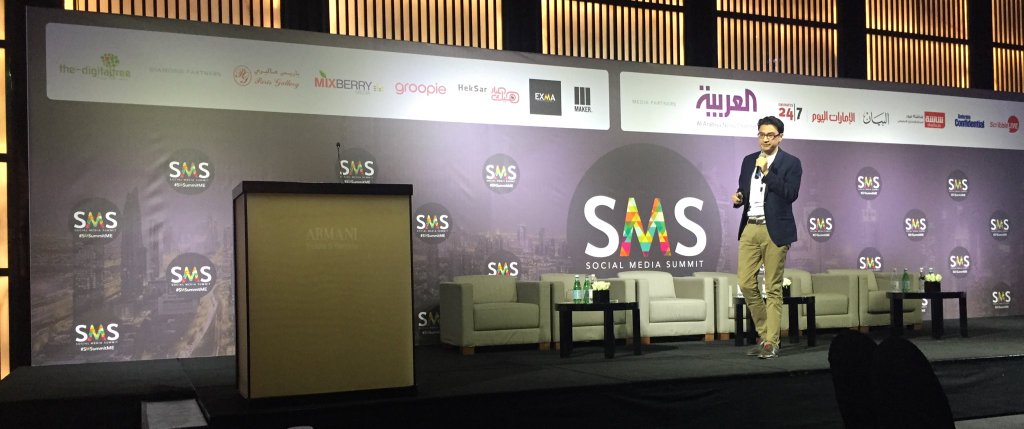I was invited to give a talk on Facebook fan page engagement at the Social Media Summit in Dubai. This was based on part of the research that I did for my PhD and some other new research avenues that I am currently investigating. What I found interesting from this event, was how much relevance social influence marketing is having among marketing practitioners. For example, keynote speaker Fernando Anzures spoke about the power of the influencer, and how everyone within their network can influence behaviour and purchase decisions of others. And going beyond what happened at this summit, it suffices to look at the number of searches done around “social influence marketing” in the last ten years to realise that marketing practitioners want to learn and partner with influencers to improve business outcomes. There is clearly need to explore the mechanisms behind social influence and influencer marketing activities.
For those familiar with marketing theory, the idea of an influencer consumer is not new. In fact, we just used to called them a different way. Back in 1987, Feick and Price introduced the term “market maven”, who are individuals who have information about many kinds of products, places to shop, and other facets of markets, and (that) initiate discussions with (other) consumers and respond to requests from them for market information. Sounds quite familiar right? The only difference is that back in the 80s these market mavens and their reach of influence was limited by the access to communication channels of the time. Today, in the era of social media, influencers are supercharged by the hyper-mediated environments that they have access.
But what makes market mavens want to share all this information with all of us commoners?
Interestingly, research has found that altruistic intentions are at the root of their willingness to share their experiences. A research study has found that desire to help others, and feelings of pleasure associated with informing others about products. But is this the case with the new influencers? Let’s have a look at bloggers. Bloggers have escalated the influence ladder in particular in industries such as Fashion, Technology and Food. Top influential bloggers may have started writing about their passion, but the industry has evolved in such a way they now get a good amount of attention from brands that there may be other motivations behind their views on products. So can they be other motivations behind the engagement of these influencers to create content and recommendations beyond altruism? Research suggest that things such as self-enhancement or access to social (getting invited to the hippest events in town) and monetary benefits (do I need to expand on thi$$?) are also now triggering the willingness to share information and engage with brands and branded content.
What does this mean for marketers trying to approach influencers?
Understanding what motivates an influencer to share information to their network is important. And if you as a social media manager know this, it can help you design better outreach strategies to approach these influencers to your brand. Here are a few ideas to get the ball rolling:
- Help them help their audience (altruistic benefit)
- Help them position themselves as experts in their domain (self-enhancement benefit)
- Generate opportunities for them to socialise with their audience (social benefit)
- And the most obvious one, pay them fairly!


